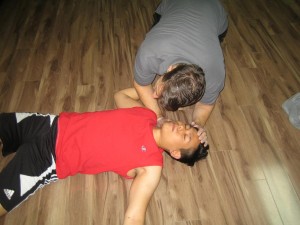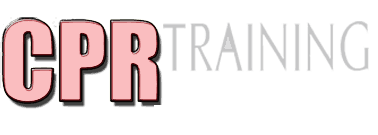It is typical to develop complications of acute myocardial infarction: disturbances are classified as ischemic, mechanical, arrhythmic, embolic, or inflammatory.

It is not unusual to develop complications of acute myocardial infarction. Myocardial infarction is the irreversible necrosis of the heart muscle due to prolonged ischemia. It simply means that a part of the heart muscle is not receiving blood, hence no oxygen, for a long time leading to permanent damage or death of the heart muscle. Myocardial infarction, commonly called heart attack, is one of the leading causes of death all over the world. It is not uncommon to develop complications, wherein disturbances are classified as ischemic, mechanical, arrhythmic, embolic, or inflammatory.
Complications of Acute Myocardial Infarction: Ischemic
Ischemic disturbances means that there is a restriction in blood supply to the tissues, resulting to a shortage of oxygen and other essential nutrients. The following ischemic complications can occur as complications of acute myocardial infarction:
- Infarct extension: progressive increase in the quantity of myocardial necrosis (tissue death) within the original site of myocardial infarction
- Recurrent infarction: myocardial infarction that occurs in a different location from the different site
- Recurrent angina: recurring chest pain or discomfort caused by insufficient amount of oxygen-rich blood received by the heart
Complications of Acute Myocardial Infarction: Mechanical
Mechanical disturbances pertain to resulting from physical changes in contrast to biological or chemical changes in the heart. The following mechanical complications can occur as complications of acute myocardial infarction:
- Heart failure
- Right ventricular failure
- Cardiogenic shock
- Left ventricular with cardiogenic shock
- Cardiac rupture
- Ventricular septal rupture
- Papillary muscle rupture or dysfunction
- Cardiac free wall rupture
- Aneurysms
- Ventricular aneurysm
- Pseudoaneurysm
- Mitral valve dysfunction
- Mitral regurgitation
- Dynamic left ventricular outflow tract obstruction
Complications of Acute Myocardial Infarction: Arrhythmic
Arrhythmic disturbances refer to the heart beating at a rate or rhythm that is faster or slower than normal, causing irregular heartbeats. The following arrhythmic complications can occur as complications of acute myocardial infarction:
- Atrial arrhythmia or ventricular arrhythmia (common complication)
- Premature ventricular contractions
- Supraventricular arrhythmias
- Bradyarrhythmias
- Sinus or atrioventricular node dysfunction
Complications of Acute Myocardial Infarction: Embolic
Embolic disturbances signify disturbances that are caused by an embolus, a particle of blood clot or plaque that obstructs circulation of blood. The following embolic complications can occur as complications of acute myocardial infarction:
- Central nervous system or peripheral embolization
- Mural thrombus
Complications of Acute Myocardial Infarction: Inflammatory
Inflammatory disturbances denote inflammation of a particular part of the heart that may prevent the heart from functioning efficiently. The following inflammatory complications can occur as complications of acute myocardial infarction:
- Pericarditis: inflammation of pericardium
How to Avoid Complications of Acute Myocardial Infarction: CPR
Chances of developing complications of acute myocardial infarction increases with every minute that blood circulation and oxygen is not returned to the heart. To manage acute myocardial infarction, the following steps are generally advised:
- Call for emergency medical services immediately.
- Check for the victim’s circulation, airway, breathing, disability/ deformity and exposure.
- Check for the victim’s pulse by the groove on the neck. If no pulse is detected, initiate CPR. Give 30 chest compressions and 2 rescue breathings.
- If the victim is unconscious but a pulse can be detected, ensure that there is no obstruction in the airway. Turn the victim’s head to the side.
- To check for breathing, position own cheek a few inches from the victim’s nose and mouth. Feel for air and watch for rise and fall of chest. Begin rescue breathing if necessary.
- Do not leave the victim alone until the paramedics arrive.
Enrol in first aid and CPR training to learn how to effectively and properly give CPR to victims. CPR is a lifesaving technique that can be useful in avoiding complications of acute myocardial infarction.
Sources:
Brener Sorin J, and Tschopp, David. (2009). Complications of Acute Myocardial Infarction. Cleveland Clinic. Retrieved on October 15, 2013, from http://www.clevelandclinicmeded.com/medicalpubs/diseasemanagement/cardiology/complications-of-acute-myocardial-infarction/
